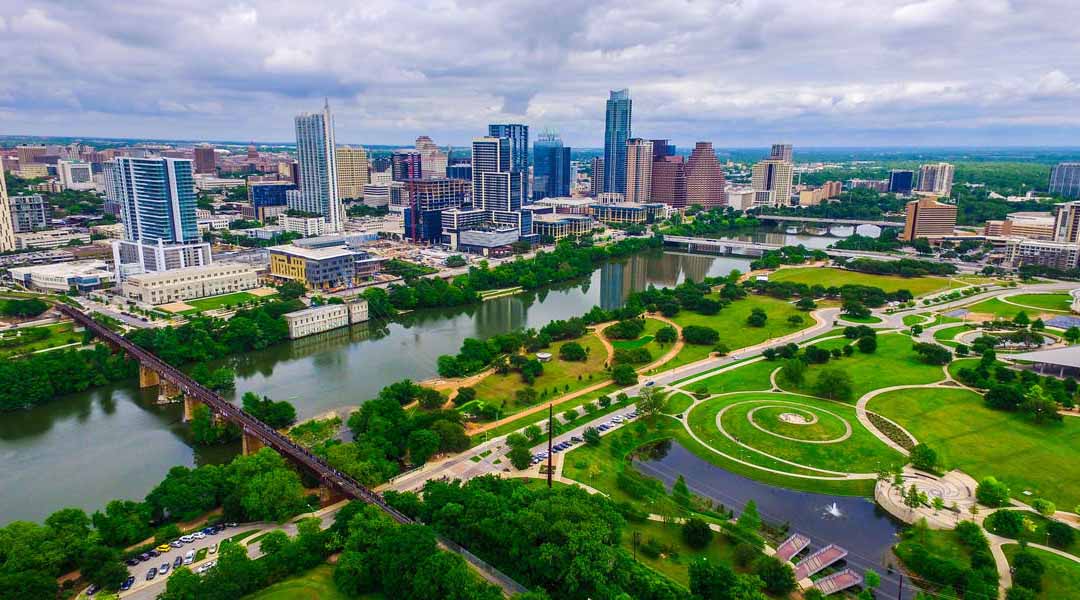
Are you ready to build a better normal?
As people across the globe adjust to the ‘new normal’ imposed by COVID-19, architects, designers, planners, and global thought leaders are challenged to build a better normal: healthy, resilient, inclusive, and sustainable cities and infrastructure that will help people withstand this pandemic and the next one. The question is: How do architects and planners, who, as creators are at heart idealistic and optimistic, persuade hard-nosed businessmen and government officials to accept the changes (and costs) needed to build a better normal?
Housing and water technology global industry leader LIXIL convenes industry experts, developers, and government planners to discuss the impact of COVID-19 on the real estate, construction, and design industries, the challenges, and the ways forward to building better.
The theme of the LIXIL Design DeepDive™ Live Sessions – Philippines is ‘Build a Better Normal.’ The webinar series consists of three sessions kicking off on 22 July with the sub-theme, ‘Advising Clients in a Brave New World,’ followed on 5 August by ‘Co-creating with Government: Opportunities for Positive Change,’ and finally on 19 August, ‘Excellence in Times of Crises.’ Each webinar is co-presented by LIXIL brands American Standard, GROHE, and INAX.
READ MORE: From creative partners to family: behind the scenes at BluPrint’s WAF coverage in Amsterdam
At each webinar, three speakers will present their most compelling convictions and insights towards a better normal, each from the perspective of their industry. Each presentation lasts only 6 minutes and 40 seconds, a presentation style called PechaKucha (started by Astrid Klein and Mark Dytham, principals of Klein Dytham, a Japan-based architectural firm). After the three speakers, a panel of three on-screen reactors respond to and query the three speakers for 30 to 40 minutes of lively and investigative discussions, including questions from the viewers.
Advising Clients in a Brave New World, 22 July
The speakers of the first LIXIL Build a Better Normal webinar are Jojo Tolentino, President & CEO of AIDEA; Christine Bruckner, Director of M Moser Associates; and Sigrid Zialcita, President and CEO of Asia Pacific Real Estate Association. The speakers deep-dive into strategies for guiding clients and stakeholders towards innovative business and design solutions for a safer, pandemic-ready world.

Responding to the speakers and kick-starting a lively 30-minute Q&A with the audience are Toni Vasquez, CEO and Principal Architect of T.I. Vasquez Architects & Planners; Dexter Lee, Managing Director of Luana Lifestyle and Leisure Hotel and co-developer of Lotus Central Mall; and Cherie Fernandez, Vice President for Developments of Federal Land.
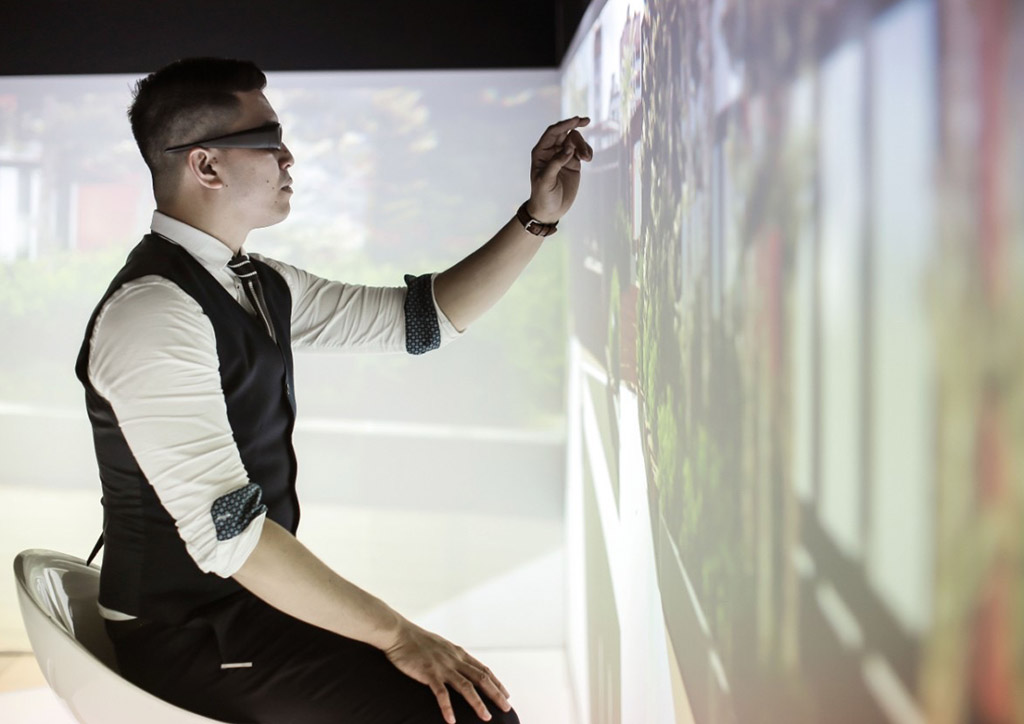
It was Tolentino’s interview with webinar moderator (former BluPrint editor) Judith Torres that inspired the theme of the webinar series. Tolentino said Aidea wasn’t just ready for the new normal but was looking forward to a better one. “Every crisis situation presents opportunities,” he said. “We remain positive and look for the silver lining in this pandemic, and they are there. Focus on how the market will shift and identify priority sectors, then we can configure our service to cater to these emerging opportunities.”
Vasquez is excited to exchange ideas with the speakers and her co-reactors. “The exposure of vulnerable, defective, and failing systems that our society accepted as “normal” has now resulted in stronger public demand for truth and accountability,” she says. “We need to be more discerning on what really matters and earnestly recognize the importance of research. Our challenge is to merge market-driven requirements with design concepts that are sustained with performance and evidence-based solutions.”
YOU MIGHT LIKE: Reopening during a pandemic: Are architects ready for the new normal?
As part of the tourism industry which has been severely affected by the pandemic, Dexter Lee says, “Capital expenditure is primed to be reduced dramatically.” Still, he remains optimistic: “I hope I am not wrong in saying that the tourism industry will bounce back and will return stronger than ever. I am interested to learn if the speakers’ clients have requested any significant changes from their plans, or if their designers have recommended any changes to cater to the world post-COVID-19.” He adds, “architects who will shift their focus on maximizing the client’s capital through more ‘cost-efficient’ designs can help developers continue to pursue expansion plans during or shortly after this crisis.”

Fernandez is optimistic about the real estate industry. “I have high hopes for real estate. I have always believed that it is wise to invest in buildings and properties. It is the most sensible investment because you can take advantage of all the promos now, knowing that when we get over this, all the prices would be going up,” she explains. Fernandez also tells BluPrint that she’s excited to hear about each speakers’ definition and version of healthy buildings and trends on real estate. “There are basic principles when we talk about healthy buildings and wellness, so I’m excited to hear about each of the speakers’ takes on this,” she says. “For the real estate industry, I want to see trends. Theoretically, we’re looking at houses and logistics and new businesses that we can have. But I want to hear about the trends that we are applying now and those that we can apply in the future.”
Watch the session go live from 2:00 to 3:15 PM (UTC+8) on the American Standard Facebook page.
Co-creating with Government: Opportunities for Positive Change, 5 August
Design DeepDive™ Live Session 2 headlines Sylvester Wong, Vice President for Development and Strategies of AECOM; Sanjay Grover, PPP Specialist of the Asian Development Bank Office of Public-Private Partnerships; and Royal Pineda, President and CEO of BUDJI+ROYAL Architecture and Design. Their focus is on policy, development, and design professionals working together to help weakened demographics recover, and hopefully, withstand future crises.
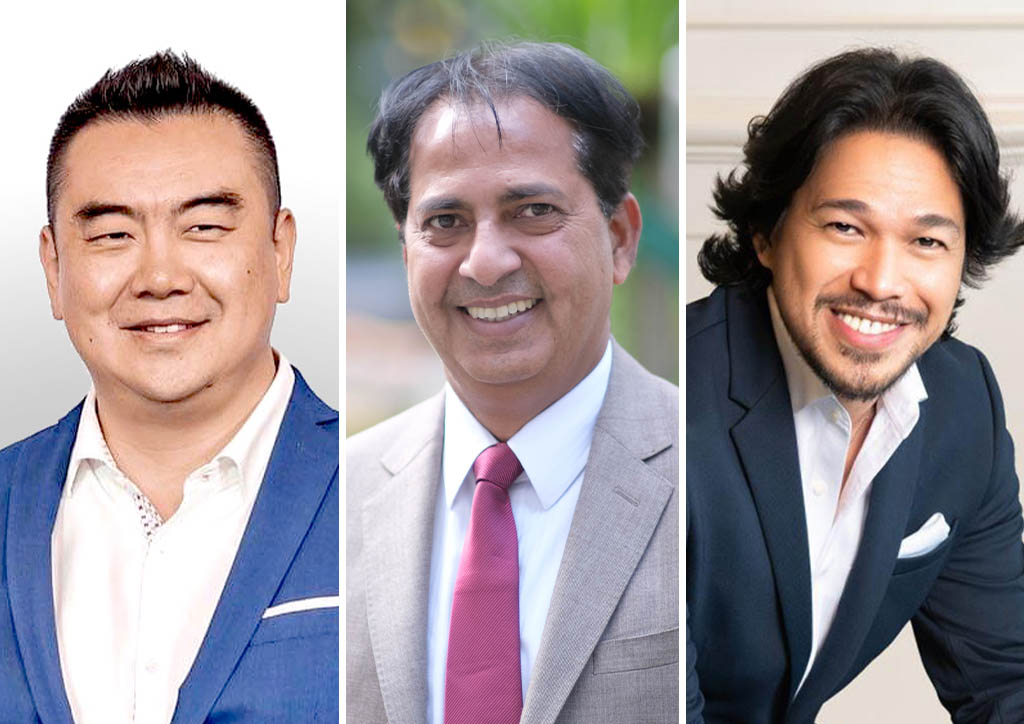
In preparing for the webinar, Wong shared with Torres how AECOM is even busier than before COVID-19, helping some clients reimagine their businesses in response to the pandemic. He acknowledges that clients, particularly government agencies, may have difficulty adjusting and adopting changes but it can be done when planners, architects, and designers understand their clients’ businesses, motivations, and agenda; and empathize more profoundly with the users. “Urbanization is a team sport: our resilience as cities will come from harnessing data, planning for agility, empowering entrepreneurs, and the courage to embrace the unpredictable.”
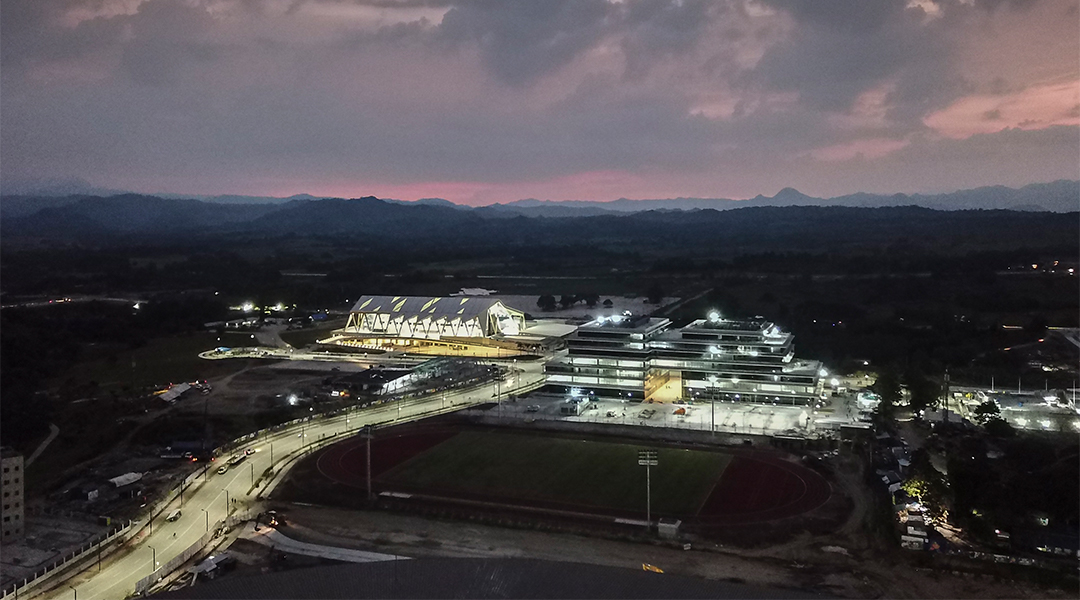
Pineda, who designed the first phase of New Clark City, shares that government projects such as this should be “disaster-resilient and flexible.” With selected facilities in New Clark City repurposed as quarantine and isolation centers, Pineda underscores the value of using government projects as a response to the needs of the present. “It is logical to use built government facilities that were designed to address emergencies.”
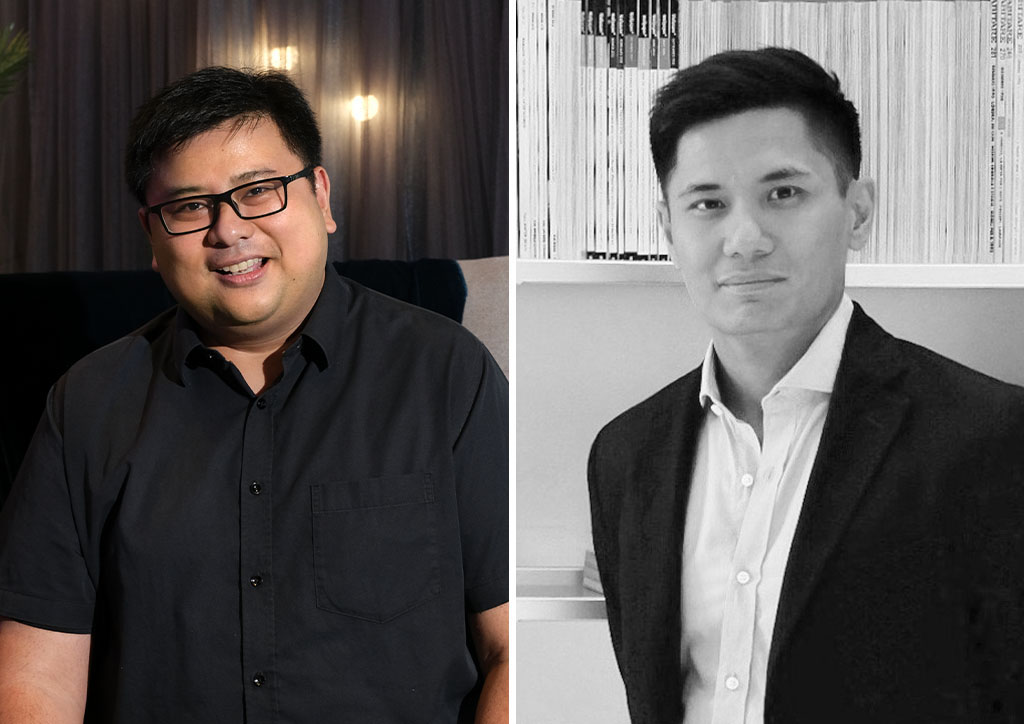
The session’s reactors include Leandro Poco, Partner, Architect, and Urban Planner at L. Poco Architects Associates; and Benjamin Mendoza, Partner and Principal Architect at BAAD Design Studio.
READ MORE: Post-Pandemic Deconstruction
Poco says that the big questions that urban development must address are “Who benefits the most from the development? Who does it set aside? Does it genuinely serve the common good?” According to Poco, most of the world’s most livable cities were not always people-friendly but became more inclusive and livable because they adapted to address those questions over time. “This gives us hope because we can do the same for Metro Manila and our other cities. But we need to answer those questions first.”
The session will go live from 2:00 to 3:15 PM (UTC+8) on the GROHE Facebook page. Registration for the second webinar starts on July 22nd.
Excellence in Times of Crises, 19 August
The final ‘Build a Better Normal’ online session gives the spotlight to design excellence demonstrated by developers and designers, headlined by Carmen Jimenez-Ong, President and CEO of Menarco Development; Tina Periquet Galicia, Interior Architect at Periquet Galicia Inc.; and Antoine Besseyre Des Horts, Vice President for Global Design and Consumer Experience APAC, LIXIL.

Raymond Rufino, CEO of NEO Ph; Stephanie Tan Branquinho, Principal Architect at Spacefabrik; and Joseph Javier, Principal Architect at Javier Design Studio Manila make up the panel of on-screen reactors.
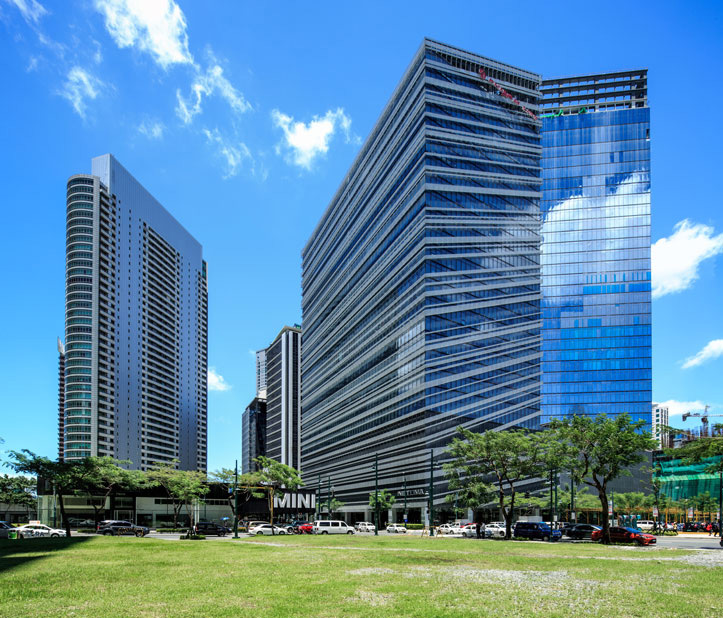
Rufino, in an interview with BluPrint during the ULI Philippines Asia Pacific 2020 report, said that they are continually seeking new ways to improve the real estate industry in terms of resiliency and sustainability.“What we want to do is bring that conversation: What can we, in real estate, do to plan for our businesses to continue to be successful in the face of many challenges and disasters?” In an interview with SunStar, he says that the aim of NEO Ph is to “give customers an overall ‘green’ experience, from the design and architecture of our buildings, up to the power supply used.”

Jimenez-Ong, owner and developer of the Menarco Tower, the first building to receive a WELL Gold certification in the Philippines (it is also LEED Gold-certified), shares that many advised her against building an office tower designed to care its inhabitants’ wellbeing. It wouldn’t be profitable, she was told. But she looked at the projections and decided it was just as important to place value on people and the planet—not pure profit. “It was important to me that what we created was designed with the human at the center of the design—the usage, the productivity, the effect on one’s well being.” She was proven right. “Our tenants say they can’t explain it, they just feel good in our building, compared to the previous building they used to occupy. I am happy to report that we are making a profit. And yes, we’re building a second tower this year. I’m putting my team together!”
Antoine Besseyre des Horts, Vice President LIXIL Global Design and Consumer Experience, Asia Pacific, leads an international team providing creative direction to translate LIXIL brands’—such as GROHE, American Standard, and INAX—strategies into consumer experiences, through product, packaging, branded environment, and communication. For him, design is a mindset. It is about truly understanding people and crafting culturally relevant solutions that address real-life issues and enhance their daily lives both emotionally and practically. There is a popular quote by renowned designer and illustrator, Frank Chimero, which says people ignore design that ignores people—and his beliefs truly resonate with this philosophy. At LIXIL, design is the voice of the consumer, it is the objective barometer, keeping our brands relevant and adding value to society.
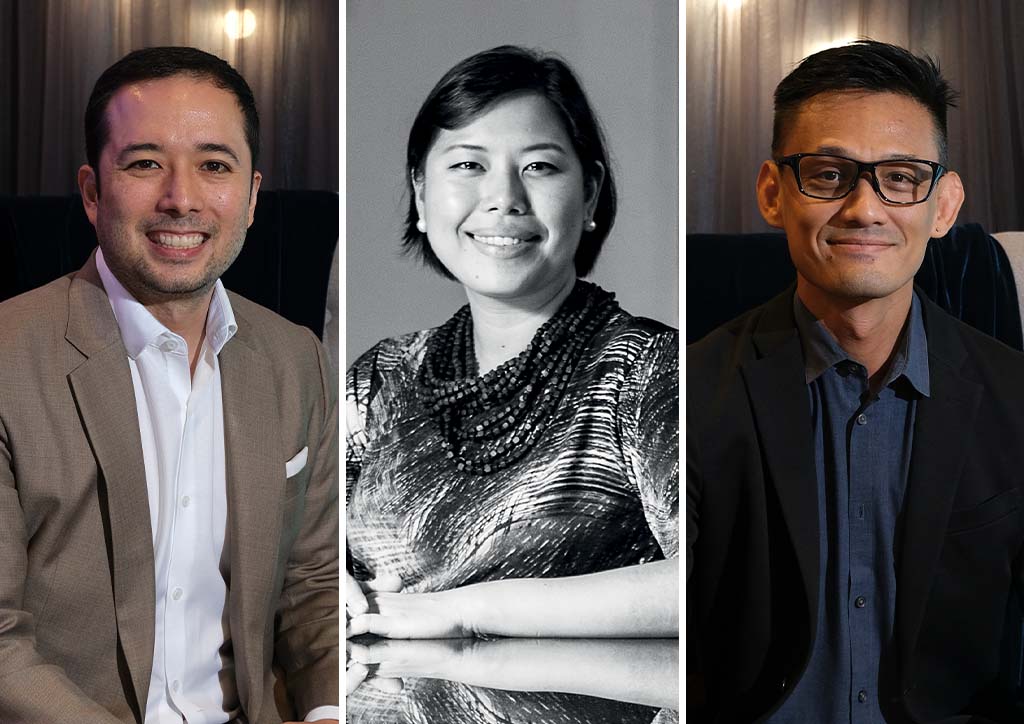
Javier best illustrates the subject of the third webinar by answering the question: Where will excellence bring us? “Nowhere but to the summit of Philippine society, a state for which we have yearned too long. The new world order that shall emerge from the rubble of this pandemic should be about nothing but that—excellence.”
The session will go live from 2:00 PM to 4:00 PM (UTC+8) on the INAX Facebook page. Registration for the third webinar session starts on August 5th.
Watch out for more information about the speakers, reactors, and the ‘Build a Better Normal’ LIXIL Design DeepDive™ Live Sessions here on our website. Like and follow American Standard, GROHE, and INAX on Facebook so as not to miss the webinar live streaming.
Design DeepDive™ Live Sessions is a LIXIL Asia Pacific regional activity, with the first webinar series hosted by India and Build a Better Normal hosted by the Philippines.


